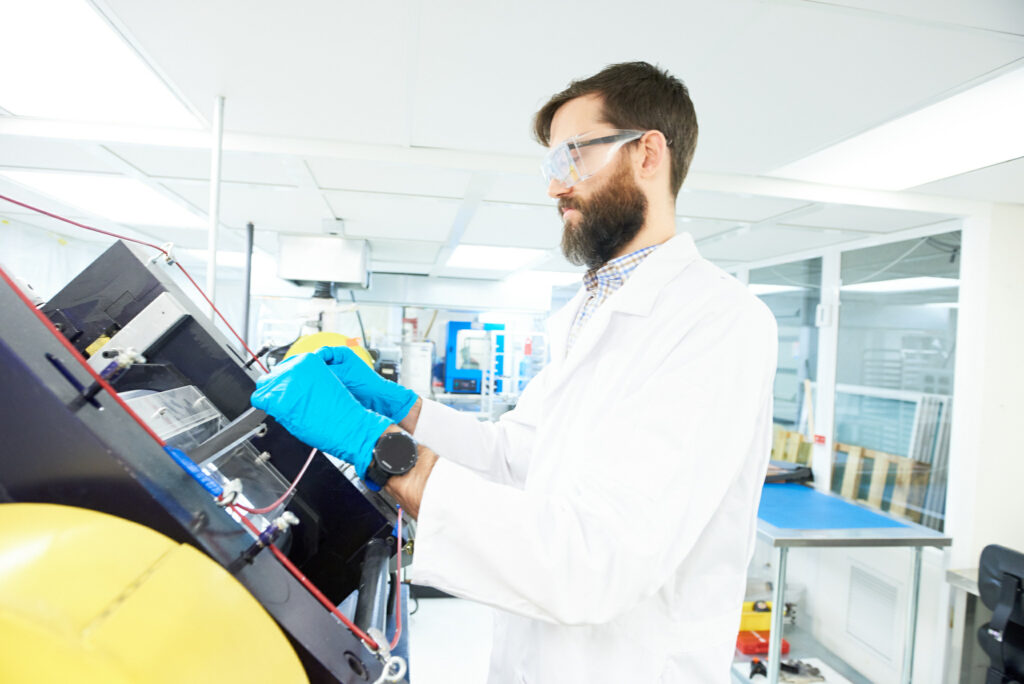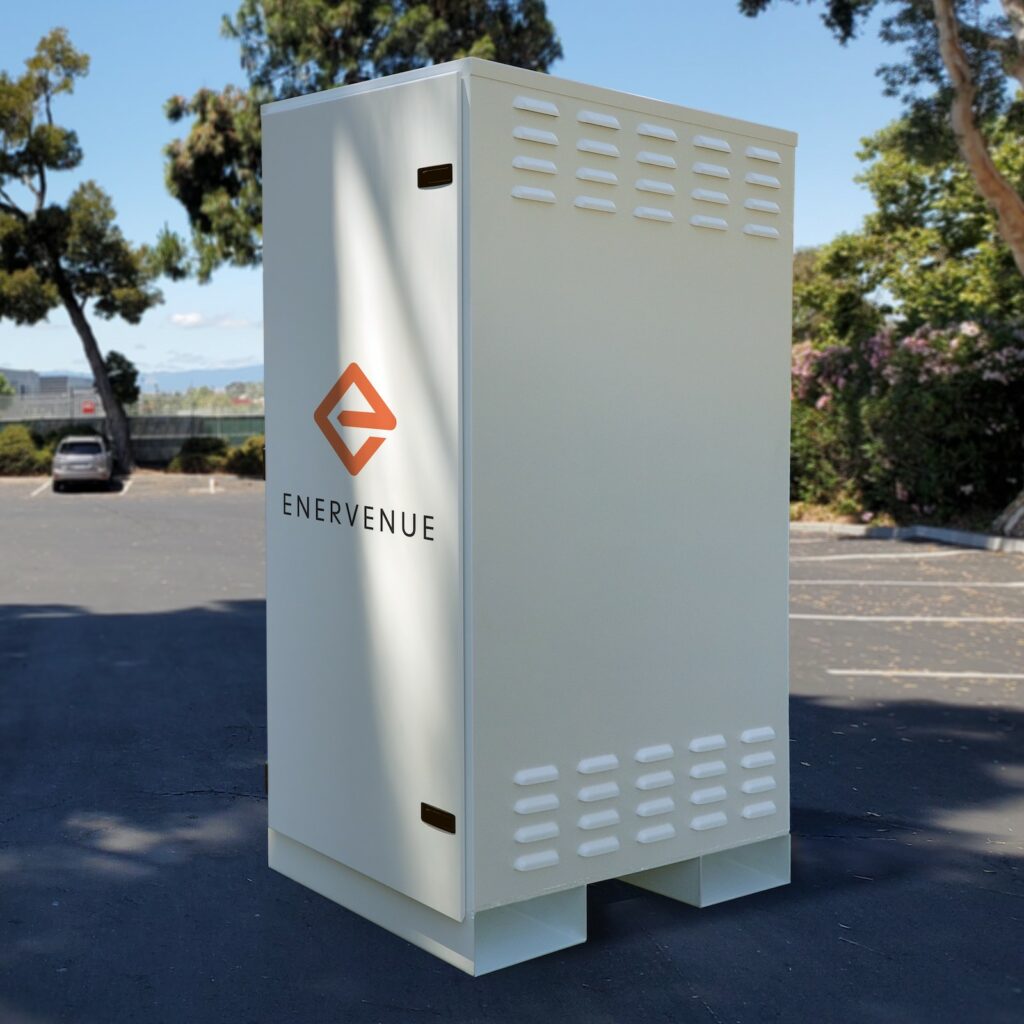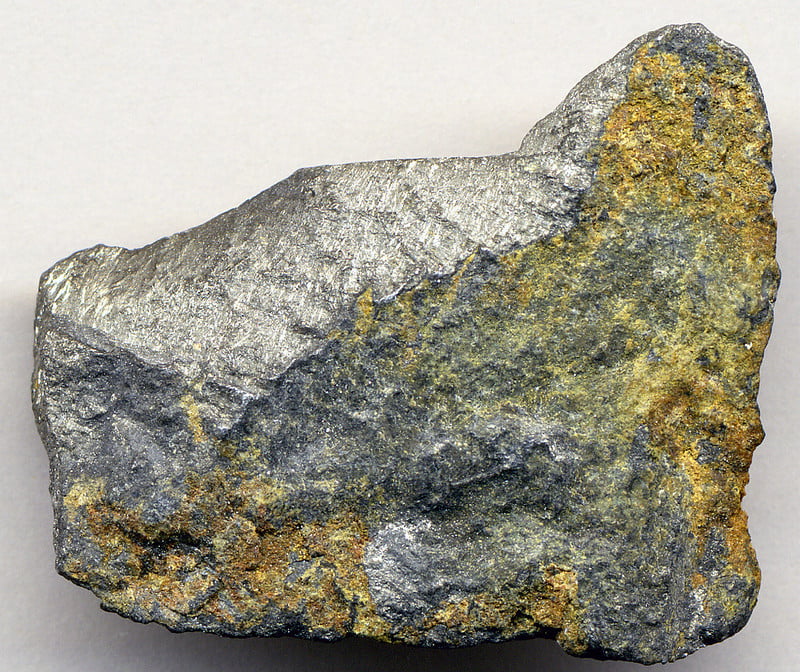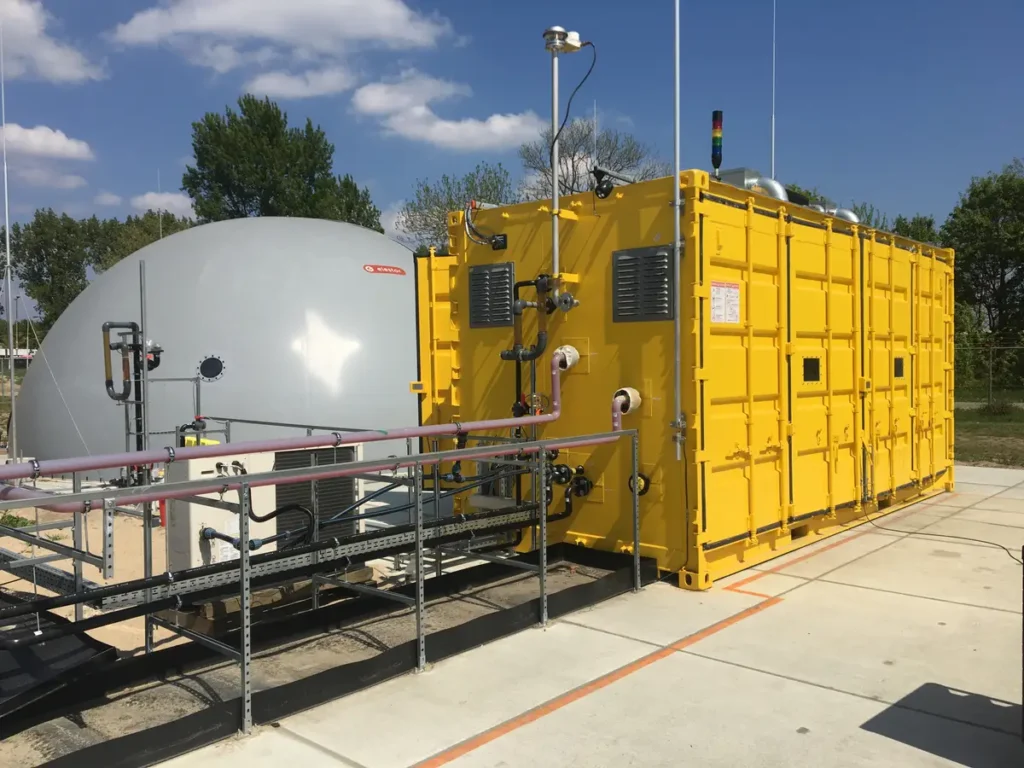



When it comes to energy storage tech, one size does not fit all and diversity of options will become crucial, writes Mukesh Chatter, CEO of Alsym Energy.
A recent report from the Solar Energy Industries Association (SEIA) titled Energizing American Battery Storage Manufacturing brings attention to critical factors influencing the trajectory of America’s energy storage manufacturing base.
Enjoy 12 months of exclusive analysis
- Regular insight and analysis of the industry’s biggest developments
- In-depth interviews with the industry’s leading figures
- Annual digital subscription to the PV Tech Power journal
- Discounts on Solar Media’s portfolio of events, in-person and virtual
Or continue reading this article for free
The report outlines challenges and opportunities facing the US energy storage industry, including access to raw and processed materials for lithium-ion batteries, timelines for bringing on new facilities, and the need for a more robust workforce.
But missing from the 13-page report is any acknowledgment of the non-lithium battery chemistries that will make up a large percentage of the global storage mix over the next decade (and beyond). While lithium-ion batteries currently dominate the space, new options are quickly becoming available that, in many cases, have stronger value propositions.
Rethinking lithium-ion
The report from SEIA sheds light on the challenges to establishing a robust energy storage manufacturing sector in the United States. Despite projecting a significant surge in global battery demand from 670GWh in 2022 to over 4,000GWh by 2030, SEIA highlights critical hurdles the US and free trade partners face in boosting the lithium-ion supply chain to provide needed supply.
Concerns about the cost and availability of raw and processed materials, including potential shortfalls in graphite and other processed components, are prompting many utilities and project developers to investigate alternatives as the conversation on the future of batteries continues.
The lithium-ion value chain, largely controlled by a handful of countries in Asia, has become a source of economic and political tension. While the US has reserves of lithium and other metals that could be tapped, new mines and refineries can take 5-10 years to come online, assuming they don’t face regulatory and community challenges.
And that assumes that these materials can be sourced at prices that make finished batteries cost-competitive with low-cost imports from Asian companies.
From mining and processing raw materials to manufacturing components and assembling the final product, the complexity of the lithium-ion battery value chain dictates substantial investment and strategic planning.
The SEIA report analyses each input, and acknowledges that even if the US can secure resources for certain components, such as cathode active material, securing resources for other components comes with different challenges.
Battery manufacturing processes also raise environmental issues, and meeting stringent environmental and regulatory standards will slow down development at each stage of the process and extend the cost reduction curve.
Lithium-ion batteries do an amazing job of providing maximum energy in minimal space, with flexible discharge rates and high capacity retention. They have made electric vehicles an option for millions of people and make it possible to carry tiny computers in our pockets.
But as these batteries find their way into large-scale applications, downsides are becoming more apparent. Safety concerns and the increasing incidence of thermal events and fires are also omitted from the SEIA report but warrant scrutiny.
Lithium-ion fires present challenges for first responders due to their ferocity and duration, and because they expose first responders and nearby residents to potentially hazardous gases. A number of fires over the past year exemplify the dangers associated with lithium-ion BESS incidents.
If the US is going to meet its ambitious decarbonisation goals, the industry needs to acknowledge that lithium-ion may not be suitable for every application and ensure that other viable options are readily available.
Reassessing the battery landscape
While the SEIA report singularly focuses on lithium-ion, the storage technology landscape is much more dynamic. Contrary to the assumption that there’s just one type of battery on the market, alternative battery chemistries are gaining momentum.
Options available today include flow batteries, liquid metal batteries, zinc-based chemistries, and nickel-hydrogen (to name a few). Others will be available in the next 2-3 years. In most cases these options are safer and more sustainable than lithium-ion, and some have service lives ranging from 20 – 40 years.
When siting a storage plant in a remote or rural area, fires may pose little risk to people or property. In these situations, lithium-ion may be the best option. But when siting storage in cities and urbanised areas, primary emphasis should be on battery chemistries that are not only cost-effective, but also non-flammable.
Several communities in the US have already enacted moratoria on lithium-ion storage, and others are considering code and zoning changes that would restrict where such systems can be installed. In these situations, alternative chemistries may be the only options available.
Many of the alternative battery chemistries available today rely on established value chains and infrastructure, which minimises geopolitical concerns and the need for new development. This is a more sustainable approach, maximising the potential of existing resources while addressing concerns about the ecological costs of digging new mines and building new processing plants.
Shifting to alternative chemistries can offer utilities and project owners other financial benefits. The SEIA report outlines the US’s proactive steps to bolster domestic manufacturing through expanded federal incentives, encompassing tax credits, grants, low-cost loans, government procurement initiatives, and research and development support.
Specifically within energy storage, the Inflation Reduction Act (IRA) provides incentives for producing key components like electrode active materials, battery cells, and battery modules—incentives that will soon become unavailable to systems that rely on imported lithium-ion batteries. Many non-lithium options are already being manufactured in the US using domestically-sourced materials.
Giving alternative chemistries a boost
While tax credits may help to make non-lithium batteries more attractive in some cases, many of the companies making them are constrained by production capacity.
Much of the money available via the Inflation Reduction and Infrastructure Acts has already been allocated to companies building lithium-ion plants (many as joint ventures with Asian companies) in hopes of jump-starting domestic production.
And while this is understandable to some degree, it’s also a short-term solution to a long-term problem, and gives an advantage to the technology that already dominates the market.
To help ensure that Americans have a range of options, non-lithium battery companies and start-ups need backing from the public sector and industry as well—especially those in the early research, development, and scale-up stages that typically rely on VC funding.
Addressing the crucial needs at these pivotal stages is paramount for fostering development of new technologies that help promote battery self-sufficiency and support the domestic economy.
When considering battery technologies, the energy industry should keep in mind the old adage, “don’t put all your eggs in one basket”.
Lithium-ion is not a one-size-fits-all solution, and giving attention to new, non-lithium battery chemistries and expanding the range of options is essential to ensuring battery self-sufficiency and promoting a clean energy future that is safe and sustainable for everyone.
About the Author
Mukesh Chatter is the CEO of Alsym Energy, a technology company developing a low-cost, high-performance rechargeable battery chemistry free of lithium and cobalt.
